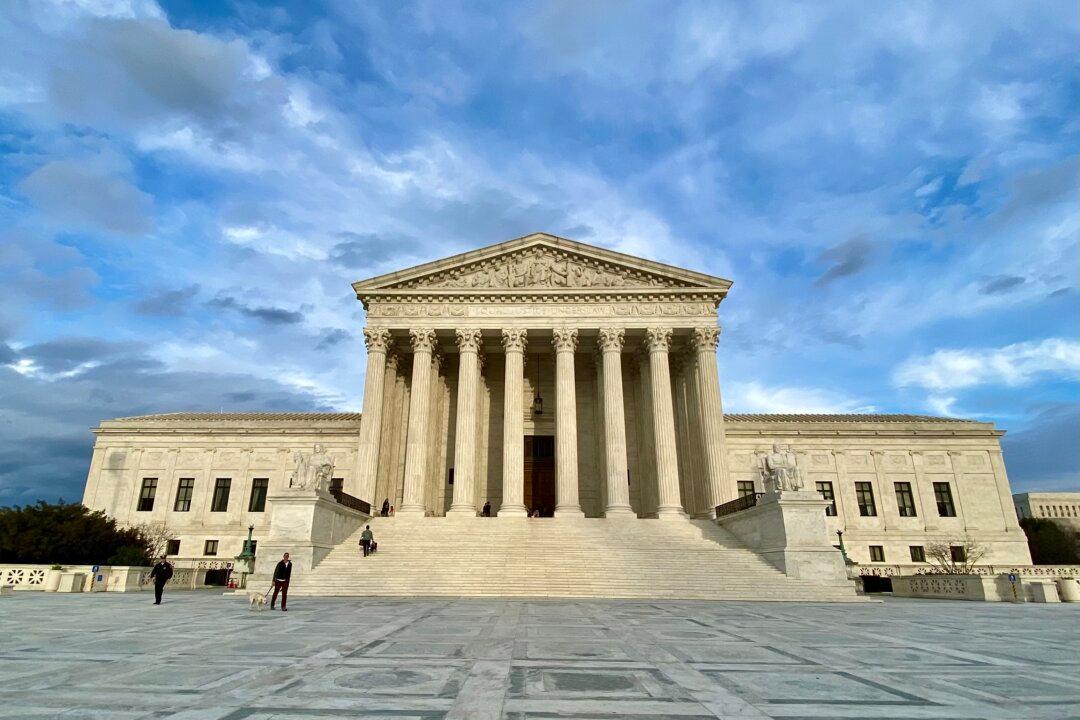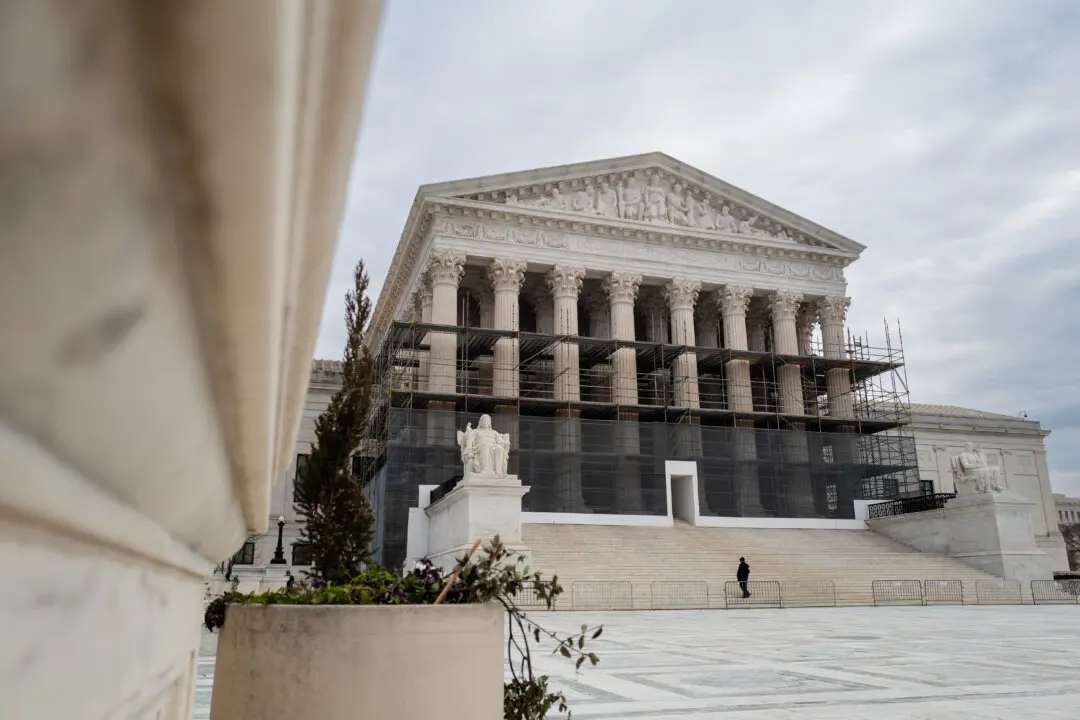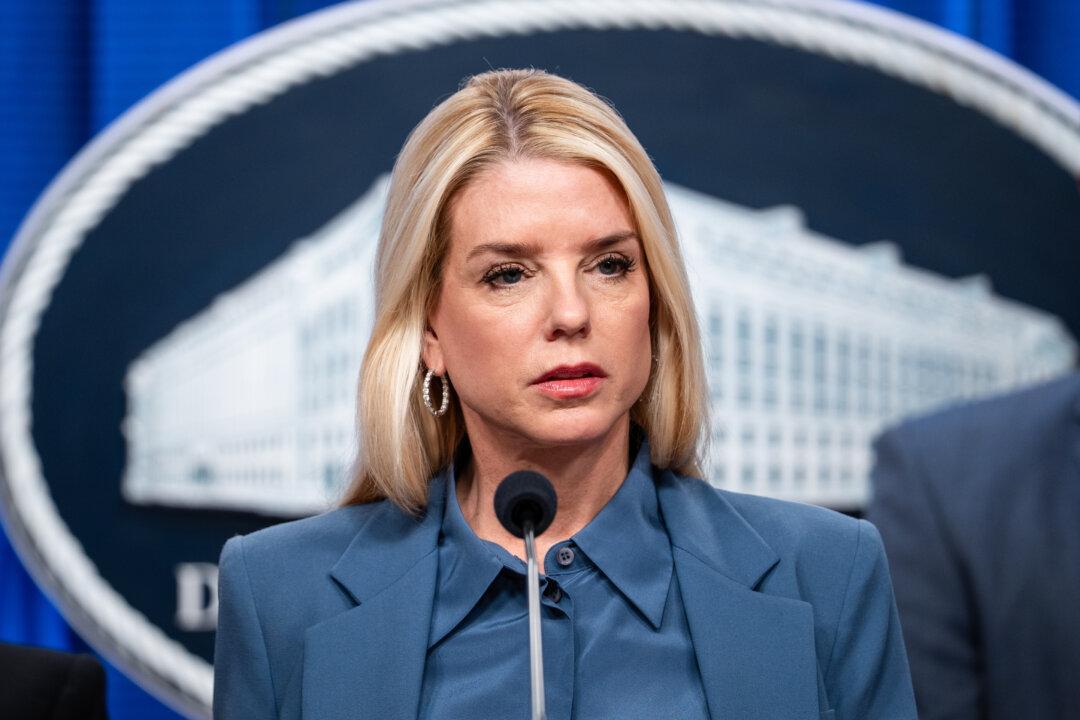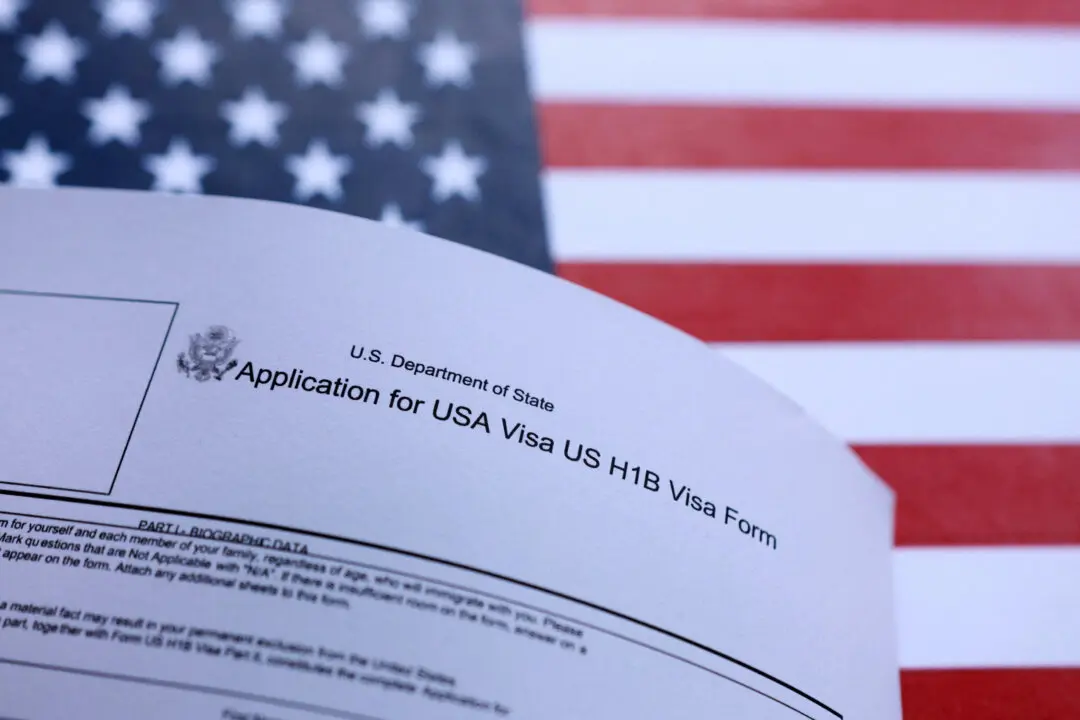The Supreme Court released a report stating that, after a months-long internal investigation, the leaker of a draft opinion overturning Roe v. Wade last year couldn’t be identified.
The leak shattered the image of the Supreme Court, which has long prided itself on maintaining proper decorum and on keeping as confidential the deliberations of the justices in cases argued before the court.





